
Month: February 2014
-
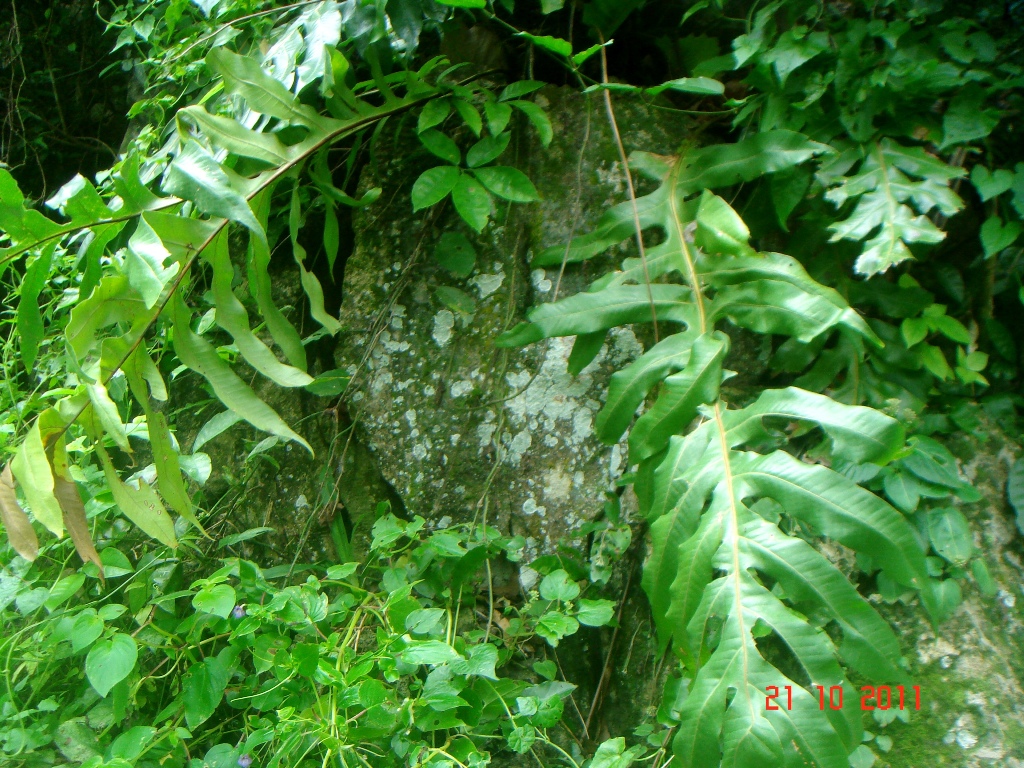
Phymatodes scolopendria
Read More: Phymatodes scolopendriaSpecies: Phymatodes sscolopendria English Name: Common Phymatodes Chinese Name: 瘤蕨 Family: Polypodiaceae Description: Terrestrial or epiphytic fern with pinnately lobes and leaves variable in shape. The leaves and rhizomes of this species are use in the all purpose combination of medicines. Photos used under a Creative Commons…
-
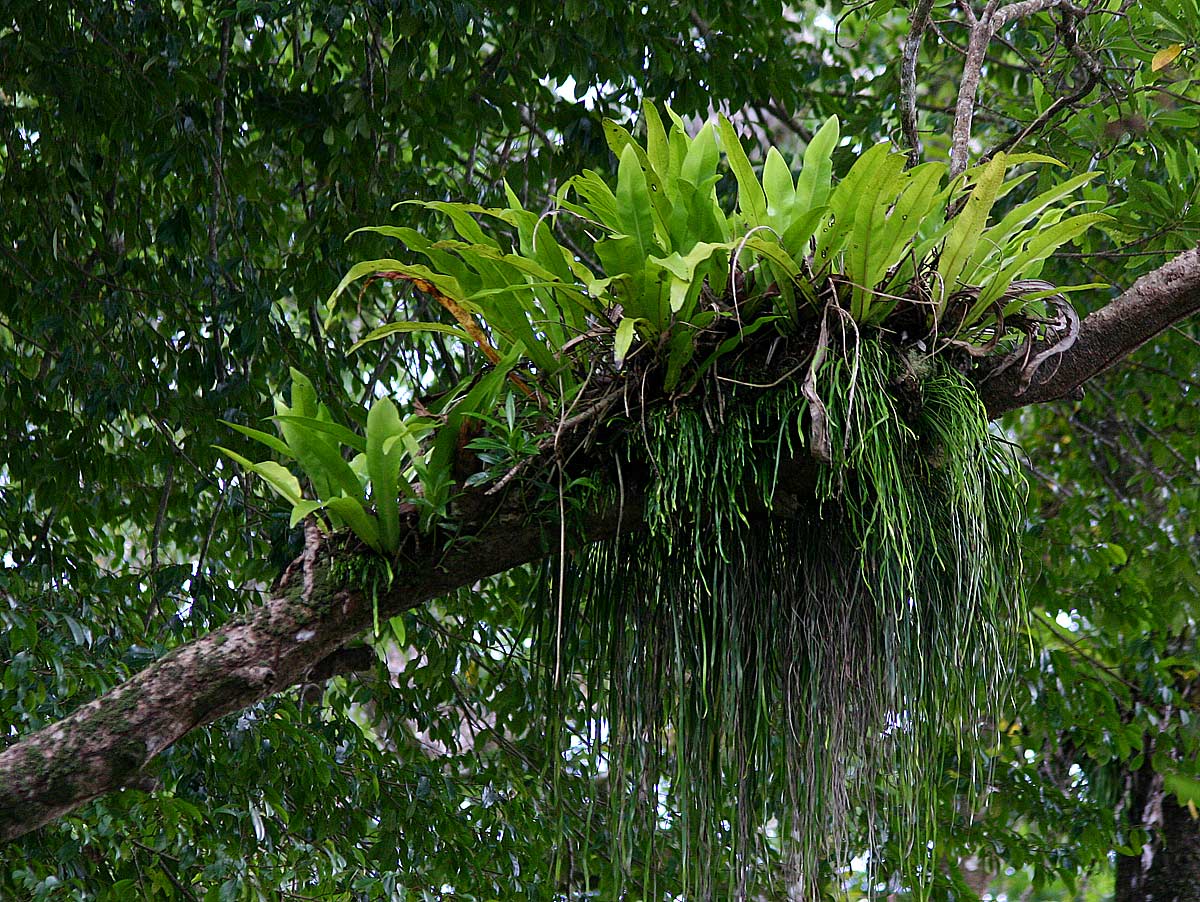
Microsorum punctatum
Read More: Microsorum punctatumSpecies: Microsorium punctatum English Name: Fishtail strap-fern Chinese Name: 星蕨 Family: Polypodiaceae Description: Punctatum refers to the minutely pitted or dotted nature of the lamina. Its rhizome is shortly creeping, 8mm thick. It mainly occurs int Southeast Asia and from Southern China to India. It’s mostly found in leaf litter and mosses on rocks in forks of…
-
Microsorum fortunei
Read More: Microsorum fortuneiSpecies: Microsorum fortunei English Name: Fortune’s Microsorium Chinese Name: 江南星蕨、福氏星蕨 Family: Polypodiaceae Description: References: – Department of Gardens and Green Areas, Civic and Municipal Affairs Bureau of Macao Special Administrative Region, South China Botanical Garden, Chinese Academy of Science 2005. Flora of Macao (Volume 1). Macao, SAR: Author
-
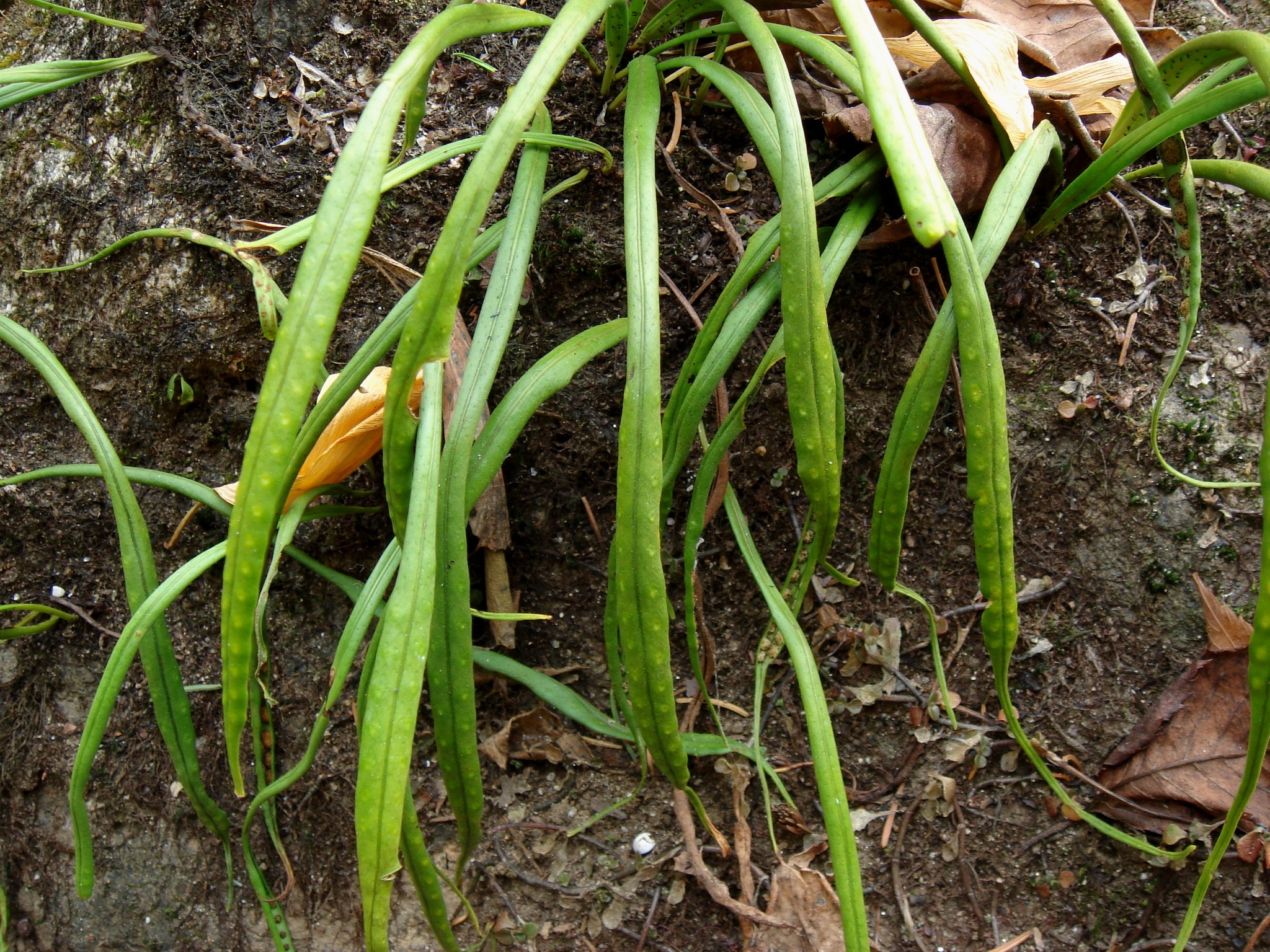
Lepisorus thunbergianus
Read More: Lepisorus thunbergianusSpecies: Lepisorus thunbergianus English Name: Thunberg’s Lepisorus Chinese Name: 瓦韋 Family: Polypodiaceae Description: Plants 8-29cm tall. Rhizomes creeping, 1,5-2,5mm in diameter. Spread throughout China, Japan and Korea. Found on tree trunks or rocks on forested slopes. Recent studies demonstrante a potential anti-inflammatory effect, and also point for the presence of compounds that can possibly prevent…
-
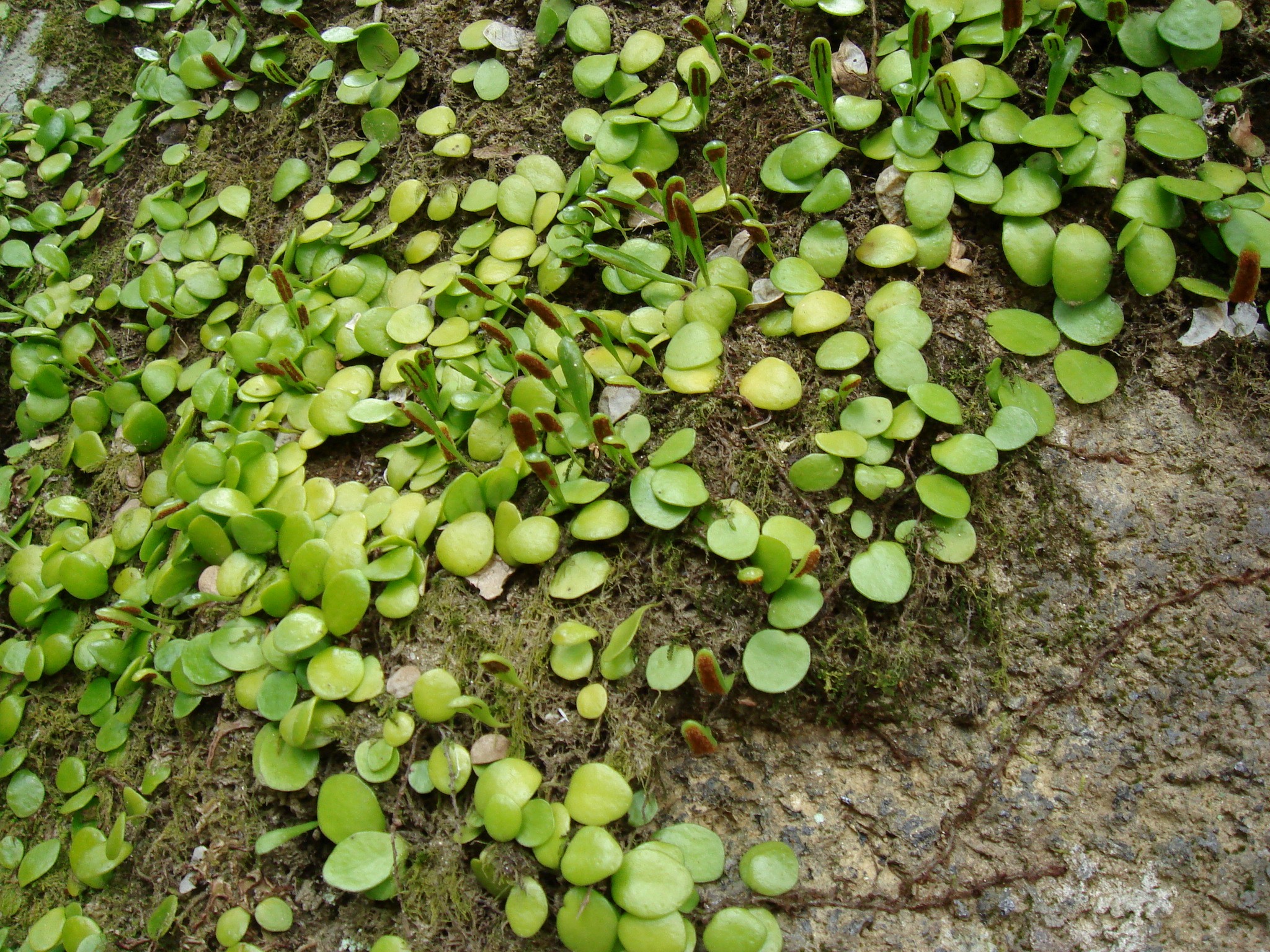
Lemmaphyllum microphyllum
Read More: Lemmaphyllum microphyllumSpecies: Lemmaphyllum microphyllum English Name: Green penny fern Chinese Name: 伏石蕨 Family: Polypodiaceae Description: Epiphytic plant that grows up to 6cm. Its rhizomes are pale green, sparsely scaly. Found in China, India, Japan, Korea and Vietnam. Common plant growing on rocks and trees in shady forests. References: – Department of Gardens and Green Areas, Civic…
-
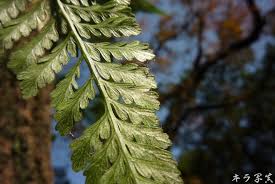
Humata griffithiana
Read More: Humata griffithianaSpecies: Humata griffithiana English Name: Bear’s Foot Fern Chinese Name: 柸蓋陰石蕨 Family: Davalliaceae Description: Rhizome 2-6mm in diameter. Found in wet forests, climbing on tree trunks or rocks. Spread thru China, India, Japan and Korea. References: – Department of Gardens and Green Areas, Civic and Municipal Affairs Bureau of Macao Special Administrative Region, South…
-
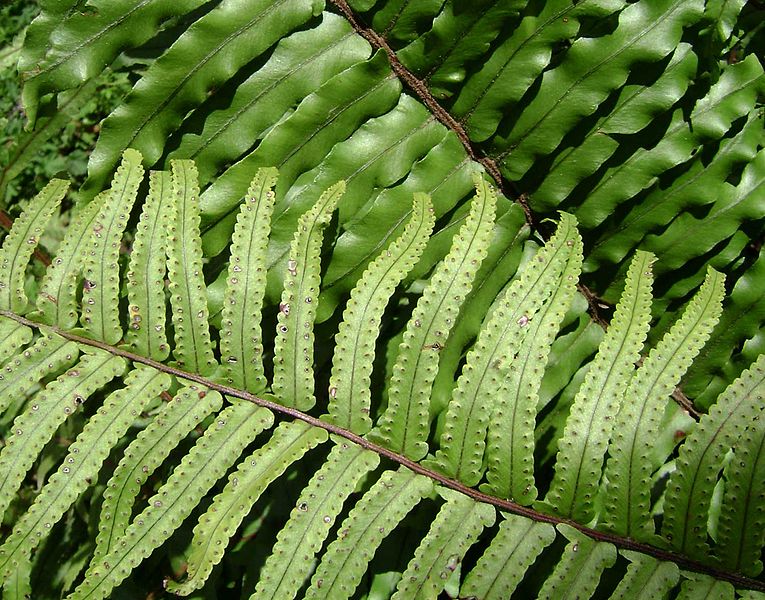
Nephrolepis hirsutula
Read More: Nephrolepis hirsutulaSpecies: Nephrolepis hirsutula English Name: Rough Sword Fern Chinese Name: 毛葉賢蕨、毛絨賢蕨 Family: Nephrolepidaceae Description: Rhizome short, erect, bearing a tuft of fronds. Found in Tropical Asia and throughout the Pacific, on rather dry ground in light shade. Ornamental use. References: – Department of Gardens and Green Areas, Civic and Municipal Affairs Bureau of Macao Special…
-
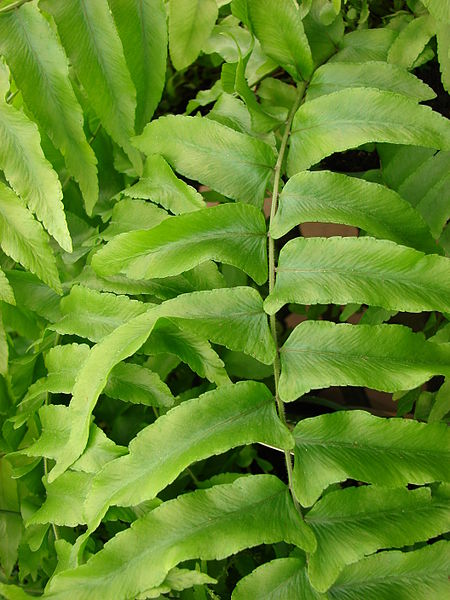
Nephrolepis falcata
Read More: Nephrolepis falcataSpecies: Nephrolepis falcata English Name: Forked Giant Sword Fern Chinese Name: 叉葉尖羊齒 Family: Nephrolepidaceae Description: Rhizome 1-1,5mm thick. Fronds 0,65 to 2m long. Found more commonly in the Philippines, from lowlands to high elevation, in forests and in disturbed areas. Leaves are edible, and in New Guinea the roots are pounded for flour. References: – …
-

Nephrolepis exaltata
Read More: Nephrolepis exaltataSpecies: Nephrolepis exaltata English Name: Boston Fern Chinese Name: 高大腎蕨、波士頓蕨 Family: Nephrolepidaceae Description: Grows up to 250cm long with alternate pinnate. Popular as house plants, often grown in hanging baskets. It’s one of the most tolerate ferns to drought. Photos used under a Creative Commons license References: – …
-
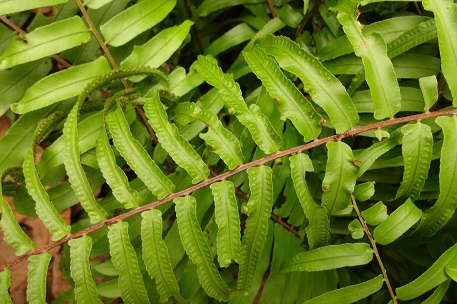
Nephrolepis biserrata
Read More: Nephrolepis biserrataSpecies: Nephrolepis biserrata English Name: Giant Sword Fern Chinese Name: 長葉腎蕨、雙齒腎蕨 Family: Nephrolepidaceae Description: Rhizome short, erect with long stolons not producing tubers. Fronds up to 4m long. Terrestrial or less commonly epiphytic it’s found in forested, relatively wet habitats. Its leaves are edible and in New Guinea roots are pounded to flour. Recent studies…
Search
Popular Posts
-
Chinese Horseshoe Bat
Chinese name: 中華菊頭蝠Family: 菊頭蝠科 RhinolophidaeScientific name: Rhinolophus sinicusConservation status: Habitat: Cave and forests Description:This is a small to medium-sized bat species found in East Asia. It is characterized by its distinctive horseshoe-shaped noseleaf, which aids in echolocation. Its fur is typically brown or gray. This species inhabits caves, forests, and sometimes buildings, often roosting in…
-
Least Horseshoe Bat
Chinese name: 小菊頭蝠Family: 菊頭蝠科 RhinolophidaeScientific name: Rhinolophus pusillusConservation status: 無危Habitat: Cave and forests Description:This is a small bat species found in South and Southeast Asia. It is characterized by its distinctive horseshoe-shaped noseleaf, which aids in echolocation. Its fur is typically brown or gray. This species inhabits caves, forests, and sometimes buildings, often roosting in small…
-
Intermediate Horseshoe Bat
Chinese name: 中菊頭蝠Family: 菊頭蝠科 RhinolophidaeScientific name: Rhinolophus affinisConservation status: Habitat: Cave and forests Description:This is a medium-sized bat species found in South and Southeast Asia. It is characterized by its distinctive horseshoe-shaped noseleaf, which aids in echolocation. Its fur is typically brown or gray. This species inhabits caves, forests, and sometimes buildings, often roosting in…
